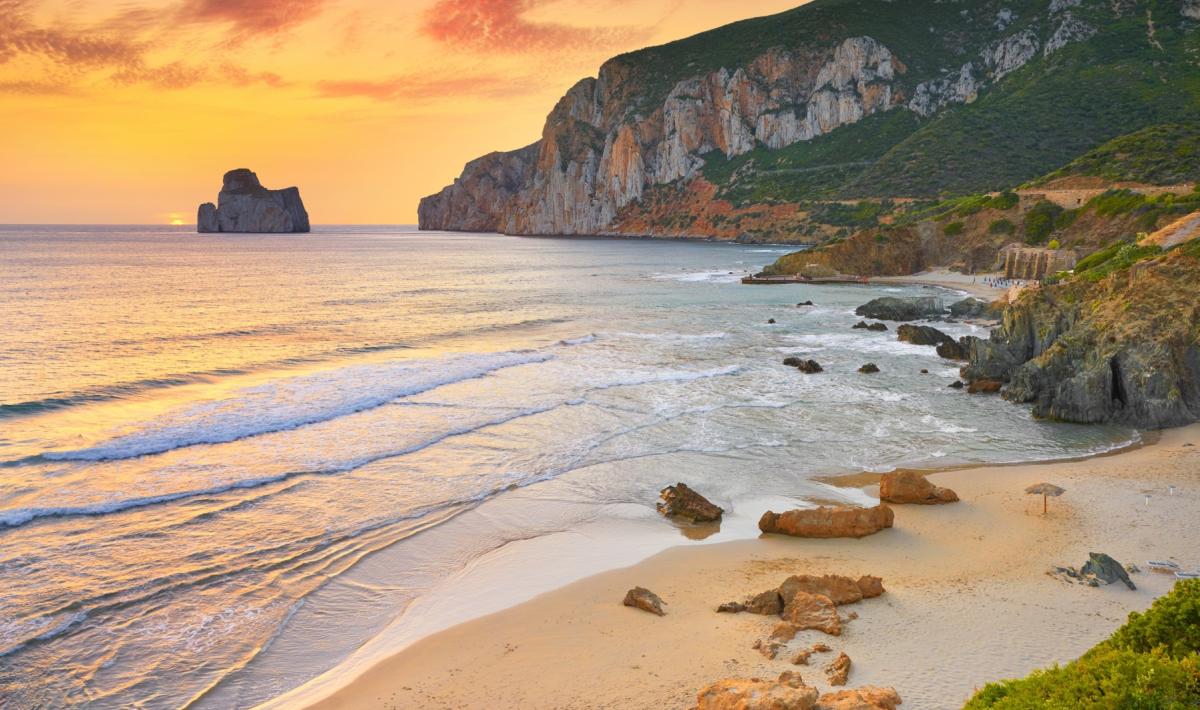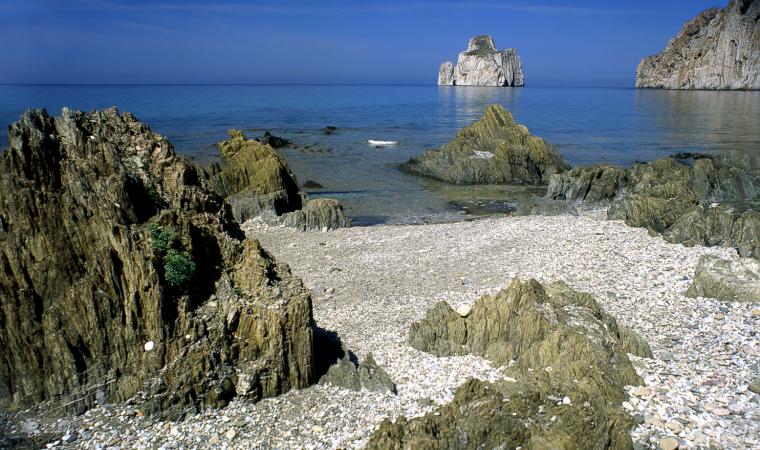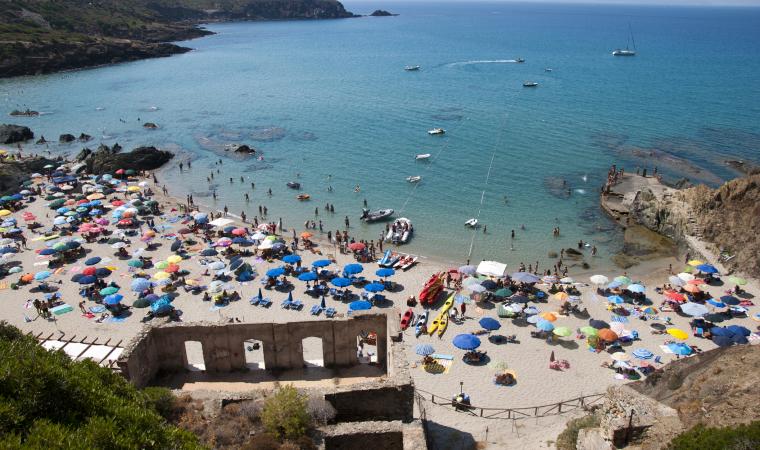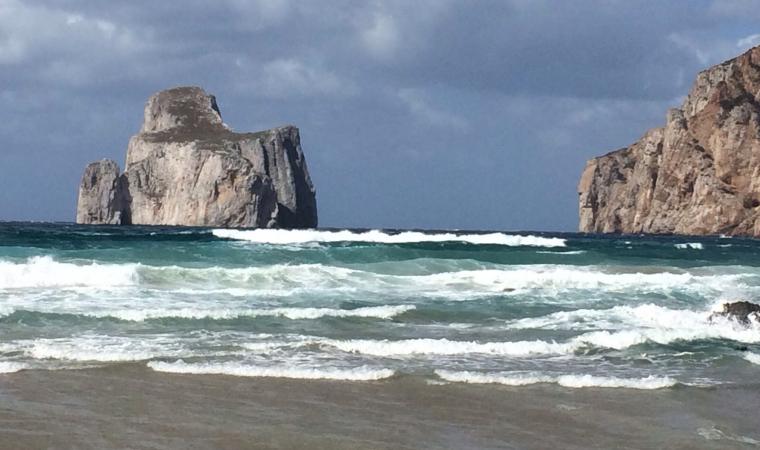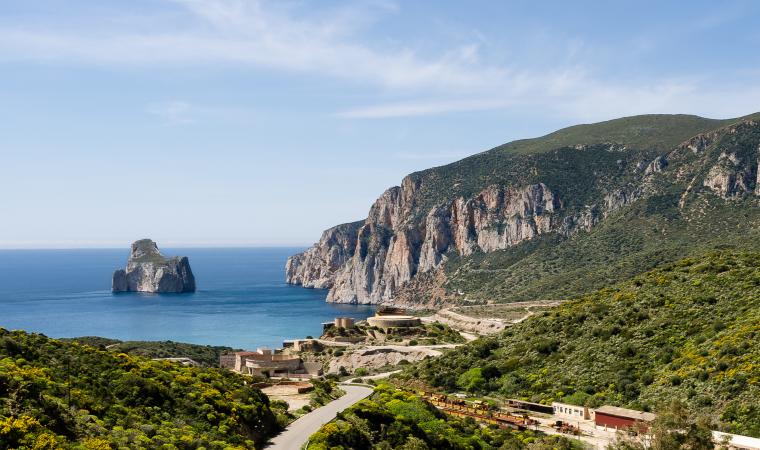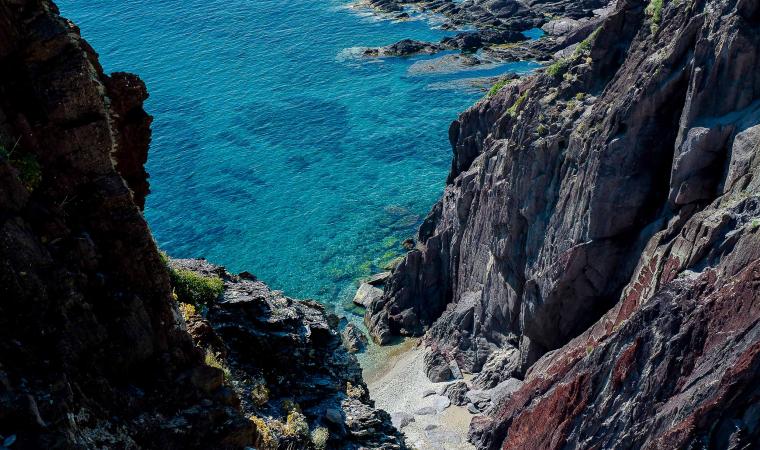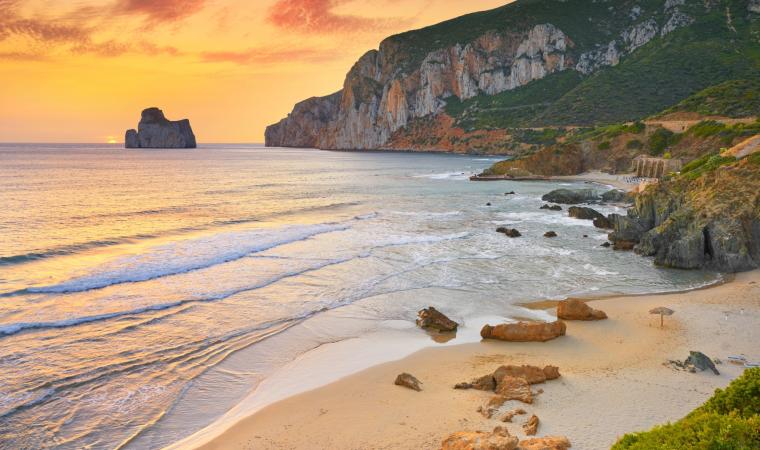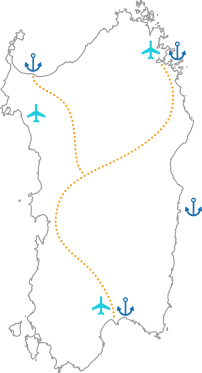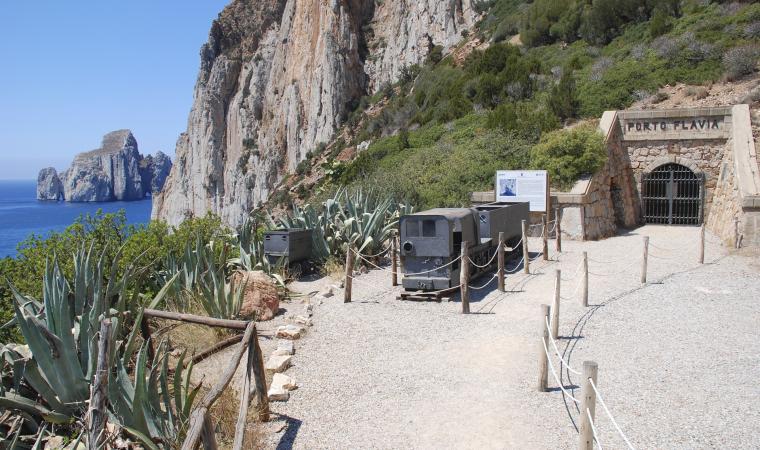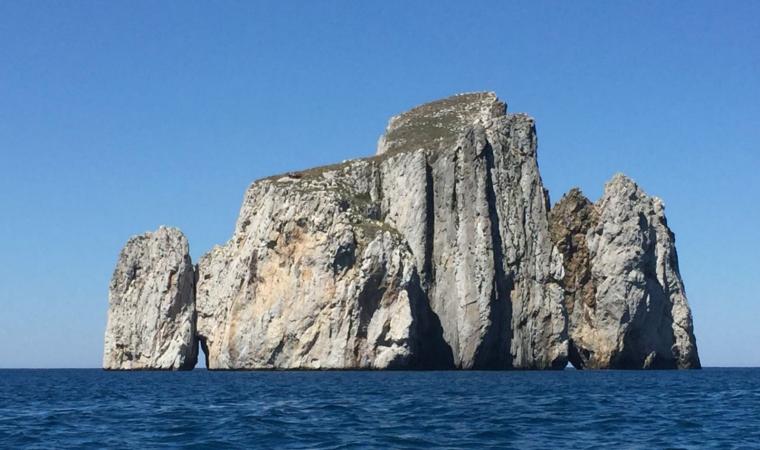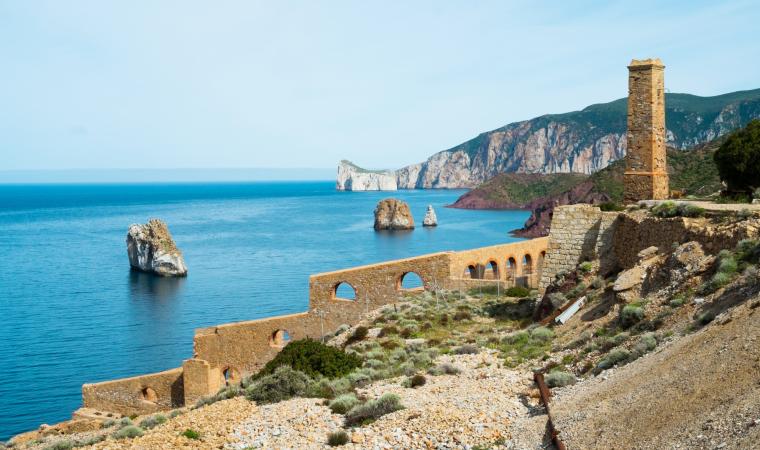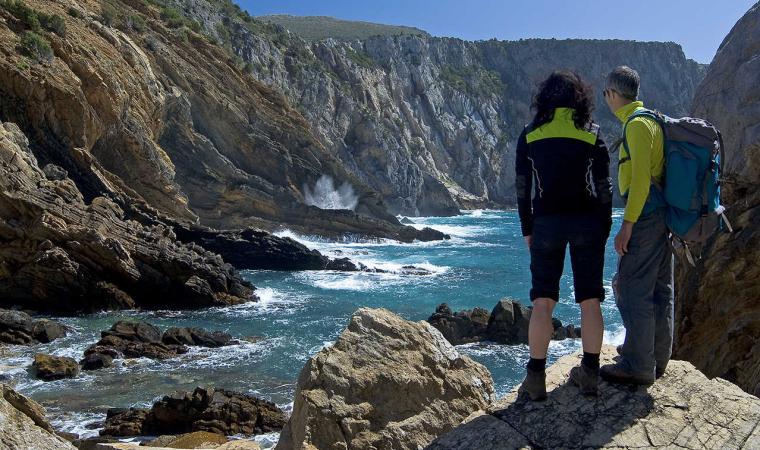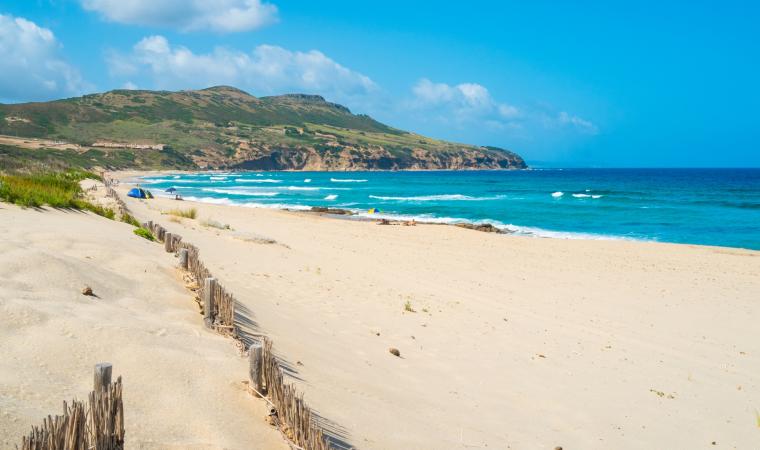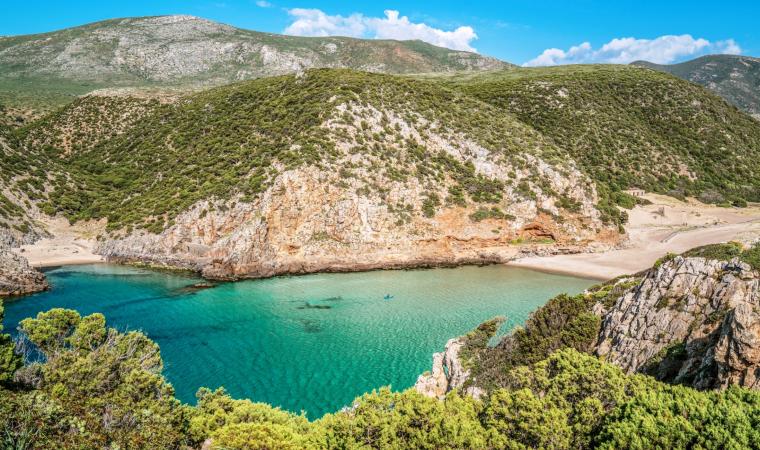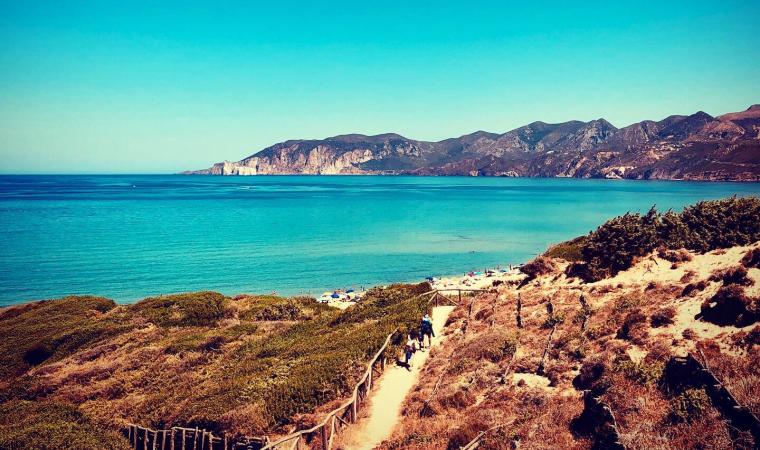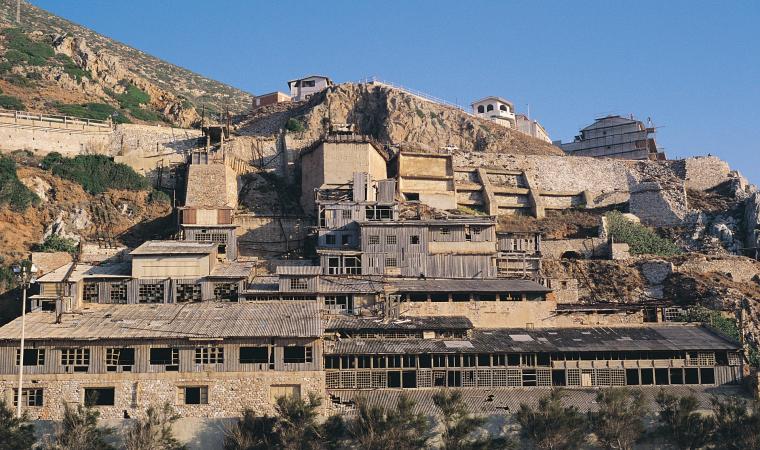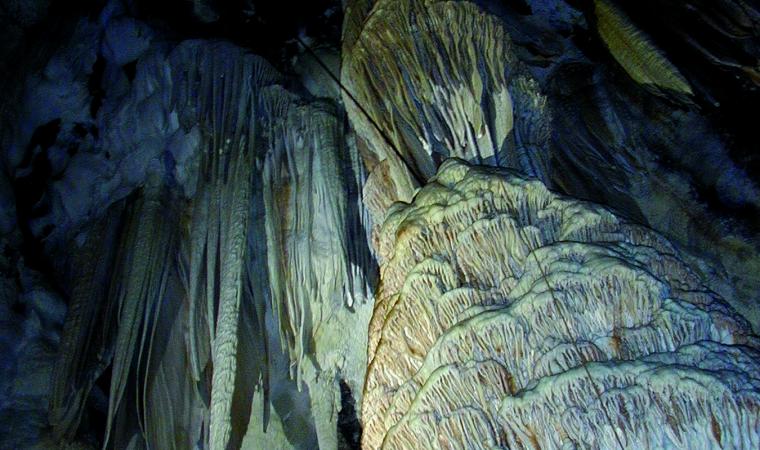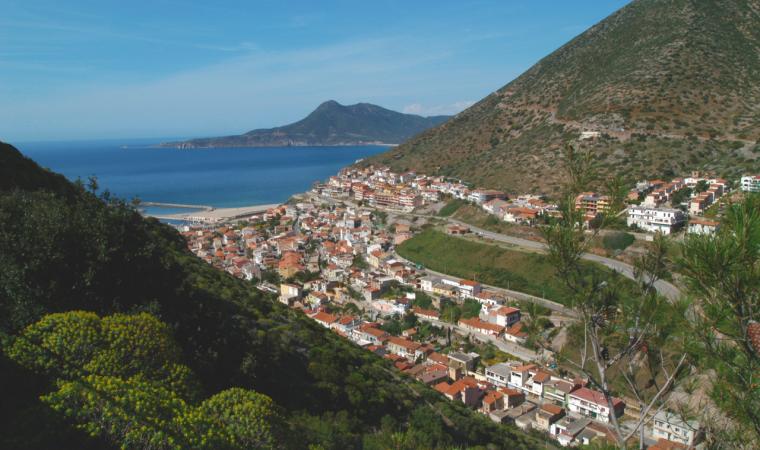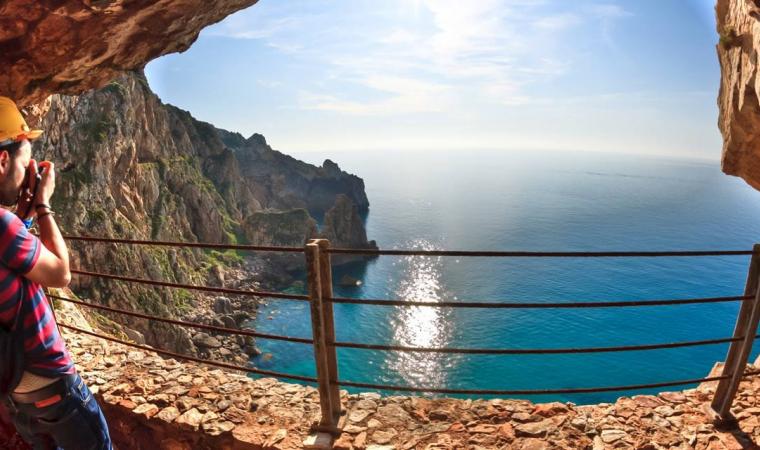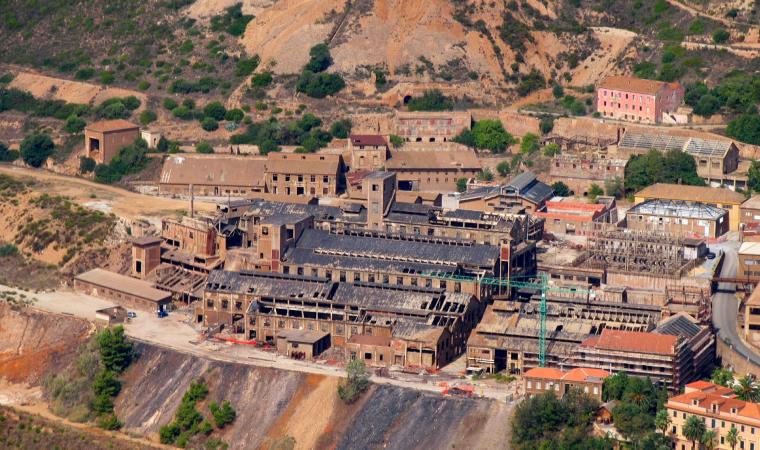You see it appear halfway up, magically suspended in the air, like in an adventure novel. It is Porto Flavia, halfway between a commercial port and a futuristic architectural work that revolutionized engineering in the early twentieth century. It is located in the district of Masua, in the territory of Iglesias, and it is the most visible extremity of a complex of underground tunnels that end in a construction carved out of the rock face. It got its name from Cesare Vecelli, 'father' of the mine, who named it after his daughter (Flavia). The structure was used as a boarding system for directly transporting the extremely heavy minerals that were lowered onto the anchored vessels on the turquoise sea.

